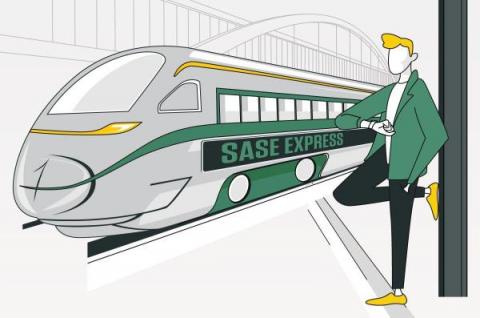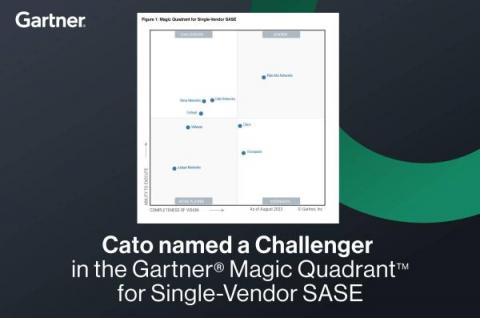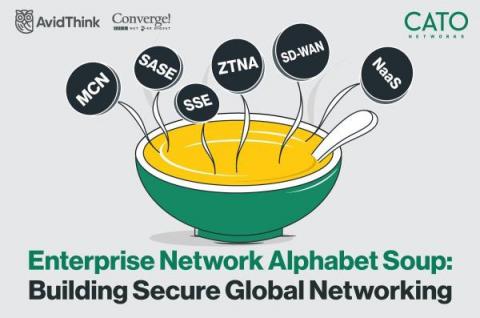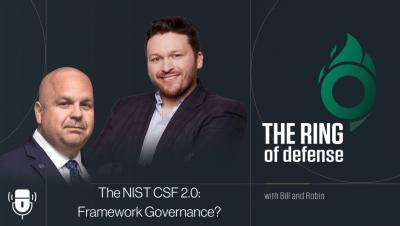Security | Threat Detection | Cyberattacks | DevSecOps | Compliance
Cato Networks
Single Vendor SASE vs. the Alternatives: Navigating Your Options
SASE sets the design guidelines for the convergence of networking and security as a cloud service. With SASE, enterprises can achieve operational simplicity, reliability, and adaptability. Unsurprisingly, since Gartner defined SASE in 2019, vendors have been repositioning their product offerings as SASE. So, what are the differences between the recommended single-vendor SASE approach and other SASE alternatives? Let’s find out. This blog post is based on the e-book “Single Vendor SASE vs.
Imparting Trust: Paws for Reflection
Achieving NIS2 Compliance: Essential Steps for Companies
In an increasingly digital world, cybersecurity has become a critical concern for companies. With the rise of sophisticated cyber threats, protecting critical infrastructure and ensuring the continuity of essential services has become a top priority. The EU’s Network and Information Security Directive (NIS2), which supersedes the previous directive from 2016, establishes a framework to enhance the security and resilience of network and information systems.
SASE Instant High Availability and Why You Should Care
High availability may be top of mind for your organization, and if not, it really should be. The cost range of an unplanned outage ranges from $140,000 to $540,000 per hour. Obviously, this varies greatly between organizations based on a variety of factors specific to your business and environment. You can read more on how to calculate the cost of an outage to your business here: Gartner.
Traditional WAN vs. SD-WAN: Everything You Need to Know
The corporate WAN connects an organization’s distributed branch locations, data center, cloud-based infrastructure, and remote workers. The WAN needs to offer high-performance and reliable network connectivity to ensure all users and applications can communicate effectively. As the WAN expand to include SaaS applications and cloud data centers, managing this environment becomes more challenging.
The Magic Quadrant for Single Vendor SASE and the Cato SASE Experience
Customer experience isn’t just an important aspect of the SASE market, it is its essence. SASE isn’t about groundbreaking features. It is about a new way to deliver and consume established networking and security features and to solve, once and for all, the complexity and risks that has been plaguing IT for so long.
Remote Browser Isolation (RBI) with Cato Networks [Demo]
The New Network Dictionary: AvidThink Explains SASE, SD-WAN, SSE, ZTNA, MCN, and NaaS
The enterprise networking and security market has seen no end to terms and acronyms. SASE, of course, is chief among them, but let us not forget SD-WAN, SSE, ZTNA, and Multi-Cloud Networking (MCN). Then we get into specific capabilities like CASB, DLP, SWG, RBI, FWaaS, and micro-segmentation. This alphabet soup of jargon can confuse even the most diligent and capable CISOs and CIOs, especially when vendors continually redefine and reclassify each category to fit their needs.











